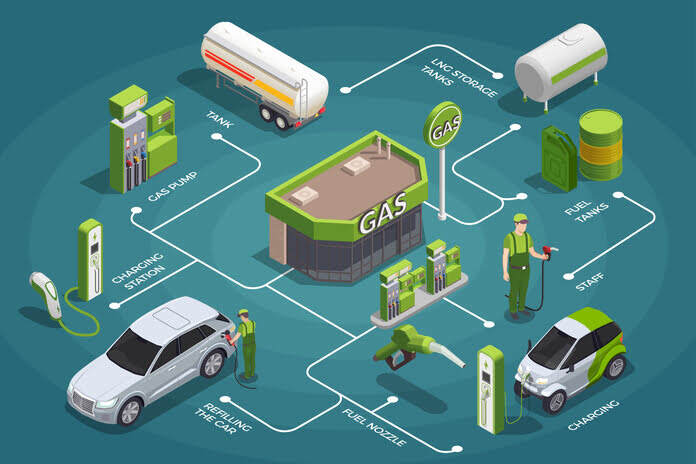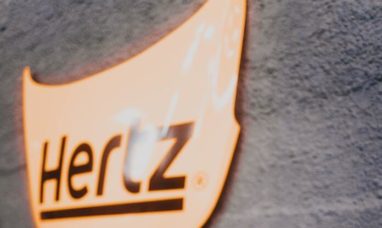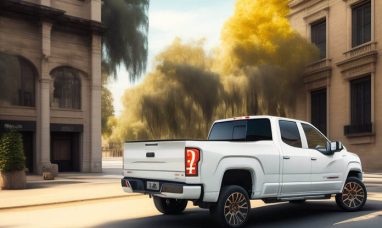Toyota’s (NYSE:TM) recent news on solid-state batteries for electric cars (EVs) drew a lot of attention, but another equally important disclosure was slightly ignored. It’s also worth noting the company’s strategic shift toward marketing hydrogen technologies in Europe and China. Toyota’s ambition to extend its hydrogen technology business outside of Japan offers substantial advances for the global decarbonization drive, despite the automaker’s domestic challenges.
This article examines Toyota’s pivot, emphasizing the possibilities of hydrogen-powered automobiles, the challenges of the Japanese market, and the company’s lofty aspirations.
The Fight Over Hydrogen and Batteries
Japan, which is largely reliant on energy imports, has long favored hydrogen as an alternative to fossil fuels. While Japan and its largest automaker, Toyota, have been staunch champions of hydrogen as a fossil-fuel alternative, hydrogen-powered vehicles have struggled to gain traction, owing to high production costs and insufficient infrastructure. Undaunted, Toyota has recognized a financial opportunity to offer its fuel cells to larger economies like Europe, China, and North America, all of which are rushing to meet their decarbonization targets.
Japan’s Paradox
Although Japan led the drive in 2017 by launching a national hydrogen strategy, it has since been surpassed by the United States, Europe, and China. These economies have set more ambitious hydrogen use targets and are substantially investing in the technology. Meanwhile, Japan has struggled to fulfill its own targets, selling only approximately 7,700 hydrogen cars versus a target of 40,000 by 2020. Despite building 164 hydrogen stations, Japan has fallen short of its goal of having 100 of them produce green hydrogen from renewable energy sources. Since launching the hydrogen-powered Mirai in 2014, the business has sold fewer than 22,000 fuel-cell vehicles, with only 3,924 sold last year.
Toyota responds by emphasizing the importance of lowering costs by increasing manufacturing in Europe and China before transferring positive results to the Japanese market. TM and other Japanese firms such as Panasonic are increasingly attempting to sell their hydrogen technologies outside of Japan. While the Japanese government hopes to supply roughly 3 million tons of hydrogen per year by 2030, other countries have significantly higher goals, with China aiming for 40 million tons and the US and Europe each aiming for about 25 million tons.
Toyota’s Global Hydrogen Strategy
Toyota has already received 100,000 global orders for its hydrogen system, largely for commercial cars, for 2030. The business hopes to treble these orders through partnerships with truck manufacturers in Europe and China, reducing the unit cost.
Toyota’s latest declaration marks a strategic shift in this context. The Japanese carmaker, a strong supporter of hydrogen fuel-cell vehicles, will now focus on selling them in Europe and China, with an ambitious goal of selling 200,000 units by 2030. This decision represents a considerable divergence from the company’s previous North American concentration and emphasis on passenger vehicles.
Toyota’s desire to expand the use of fuel-cell technology into industrial power generation and commercial trucks is signaled by the development of a dedicated fuel-cell unit, the Hydrogen Factory. Toyota intends to cut expenses and develop relationships with other industries by concentrating efforts in locations with stronger hydrogen production and consumption. According to market research firm Fuji Keizai, the worldwide fuel cell market will grow to roughly $35 billion by 2030, which is 15 times greater than current levels.
Opportunities and Difficulties
However, Toyota’s hydrogen push comes with its own set of obstacles. Corporate executives are concerned about a lack of a clear government vision for lowering the costs of producing carbon-free hydrogen, and they fear a repetition of previous technological contests in which Japan was surpassed by lower-cost Chinese competitors.
Despite these obstacles, Toyota is committed to using its decades of experience in developing fuel-cell stacks. Hiroki Nakajima, the company’s chief technology officer, is hopeful about meeting sales expectations. Toyota believes that focusing on markets with larger levels of hydrogen production and demand, such as China and Europe, will help lower prices and drive demand.
Last Thoughts
Toyota’s aggressive hydrogen strategy demonstrates the company’s unwavering commitment to decarbonization, despite the difficulties. This strategy highlights how automakers might potentially adapt and innovate in the context of a larger global move toward clean and renewable energy sources. The corporation’s shift toward hydrogen-powered vehicles in Europe and China is a watershed moment for the company. While problems remain in Japan, Toyota sees immense promise in the global fight to decarbonize and secure energy supply chains. Toyota intends to make hydrogen-powered vehicles a dominant force in the automotive industry by utilizing its knowledge, increasing alliances, and focusing on cost reduction.
Though success is not guaranteed, the potential rewards are enormous. If Toyota can effectively harness its technological skills and strategic alliances, it may be able to transform a once-niche technology into a mainstream solution, propelling the firm, and possibly the globe, toward a more sustainable future.
Featured Image: Freepik @ macrovector








